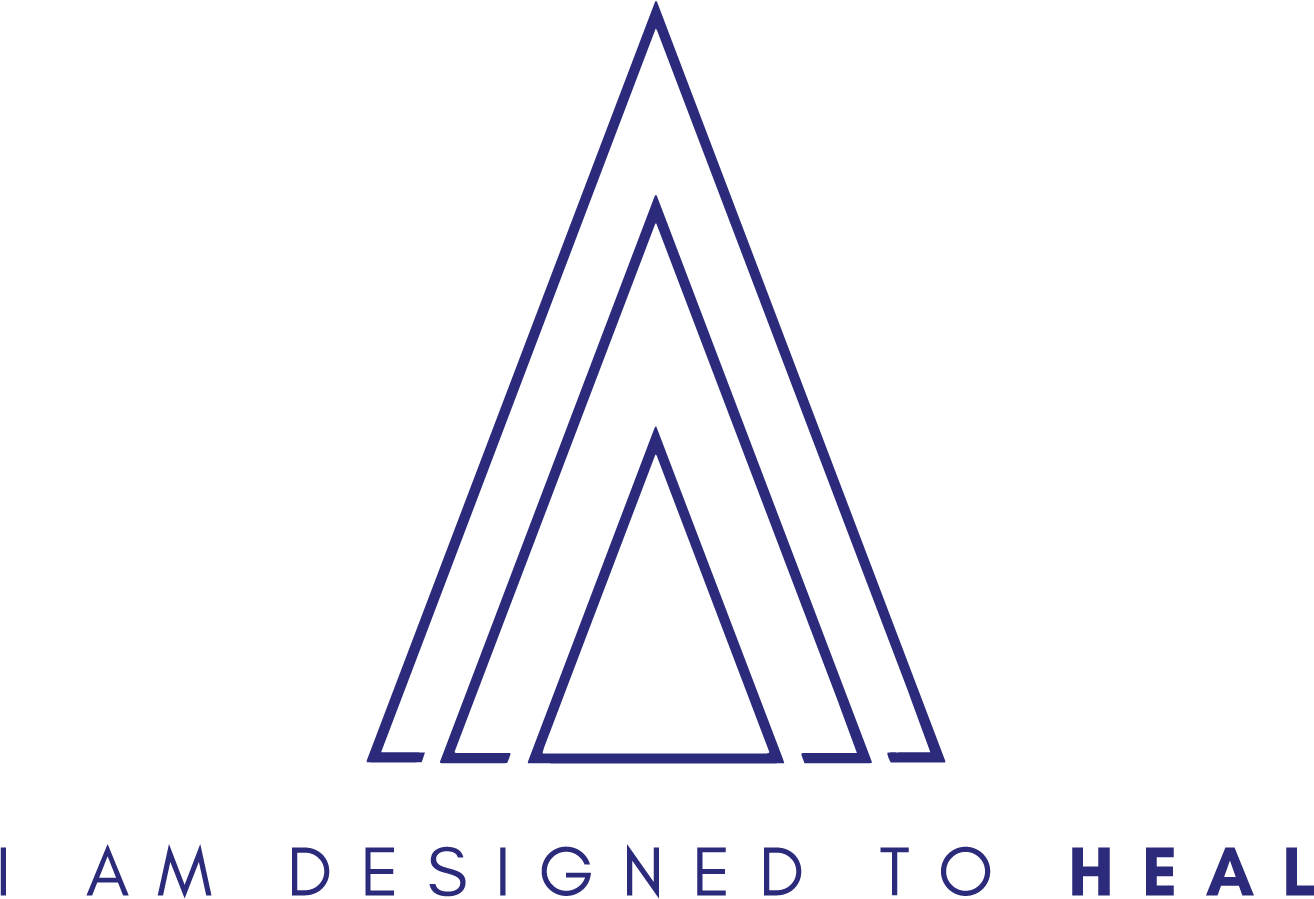Understanding Common Tennis Injuries
To effectively treat tennis injuries, it’s important to understand the common issues players face:
1. Tennis Elbow (Lateral Epicondylitis): Caused by overuse of the forearm muscles and tendons, tennis elbow leads to pain and inflammation around the elbow joint.
2. Rotator Cuff Injuries: Repetitive overhead motions can result in rotator cuff tendinitis or tears, leading to shoulder pain and weakness.
3. Wrist Sprains: Rapid wrist movements can cause sprains, resulting in pain, swelling, and reduced range of motion.
4. Knee Injuries: Tennis players are prone to knee problems such as patellar tendinitis (jumper’s knee) and meniscal tears due to the sport’s sudden stops and starts.
Acupuncture for Tennis Injuries
Acupuncture, a key component of Traditional Chinese Medicine (TCM), involves inserting fine needles into specific acupoints on the body. These points correspond to energy pathways, or meridians, which regulate bodily functions. Here’s how acupuncture supports recovery from tennis injuries:
1. Pain Relief: Acupuncture stimulates endorphin release, the body’s natural painkillers, and modulates the central nervous system’s response to pain. Research in the Journal of Pain Research confirms that acupuncture effectively reduces pain intensity in musculoskeletal injuries, including those common in tennis players.
2. Inflammation Reduction: Acupuncture can lower inflammation by decreasing pro-inflammatory markers and boosting the body’s natural anti-inflammatory responses. Studies in the Journal of Acupuncture and Meridian Studies highlight these benefits, particularly for conditions like tennis elbow and rotator cuff tendinitis.
3. Improved Blood Circulation: By enhancing blood flow, acupuncture delivers essential nutrients and oxygen to injured tissues, helping to remove waste products and speed up the healing process. This is crucial for athletes eager to return to the court.
4. Restoration of Function: Acupuncture not only relieves pain but also helps restore normal function by reducing muscle stiffness, improving range of motion, and strengthening weakened muscles, essential for recovery.
Tui Na: A Complementary Manual Therapy
Tui Na, often referred to as Chinese medical massage, uses techniques such as kneading, rolling, pressing, and stretching to treat musculoskeletal conditions by manipulating soft tissues and realigning the body. When combined with acupuncture, Tui Na can be especially effective for tennis injuries:
1. Pain and Tension Relief: Tui Na alleviates muscle tension and pain by improving circulation and promoting the flow of qi (vital energy). It targets specific muscles and tendons affected by injuries, helping to restore muscle function.
2. Enhancing Mobility and Flexibility: Techniques like stretching and joint mobilization improve the range of motion in injured areas, such as the elbow or shoulder. This is particularly beneficial for recovering from conditions like tennis elbow or rotator cuff tears.
3. Facilitating Recovery: By boosting circulation, reducing inflammation, and releasing muscle adhesions, Tui Na accelerates recovery, helping athletes get back to their game more quickly.
Combining Acupuncture and Tui Na for Optimal Results
Using acupuncture and Tui Na together provides a comprehensive approach to treating tennis injuries. Acupuncture focuses on internal healing, such as pain reduction and inflammation control, while Tui Na addresses external factors like muscle tension and joint mobility. This combination not only relieves symptoms but also tackles the root causes of injuries, promoting a more complete and lasting recovery.
Research Supporting Acupuncture and Tui Na
Recent studies underscore the effectiveness of acupuncture and Tui Na in managing sports injuries. A 2021 review in BMC Complementary Medicine and Therapies found that combining acupuncture with manual therapies like Tui Na significantly improves pain relief, functional outcomes, and patient satisfaction. Another study in the Journal of Traditional Chinese Medicine (2022) highlighted that integrating Tui Na with acupuncture yielded superior results in reducing pain, enhancing range of motion, and speeding up recovery compared to conventional treatments.
Conclusion
Acupuncture and Tui Na offer a holistic approach to managing tennis injuries by addressing both physical and energetic imbalances. Incorporating these traditional therapies into your treatment plan can lead to faster recovery, reduced pain, and enhanced performance. As research continues to support their benefits, acupuncture and Tui Na are becoming increasingly popular options for athletes seeking comprehensive injury management solutions.
I invite you to experience the combined benefits of acupuncture and Tui Na in a personalized session. Reach out to me to discover how these therapies can help you get back into the game you love and stay active on the tennis court for years to come.
References
- Journal of Pain Research. Retrieved from Journal of Pain Research
- Journal of Acupuncture and Meridian Studies. Retrieved from Journal of Acupuncture and Meridian Studies
- BMC Complementary Medicine and Therapies. Retrieved from BMC Complementary Medicine and Therapies
- Journal of Traditional Chinese Medicine. Retrieved from Journal of Traditional Chinese Medicine



